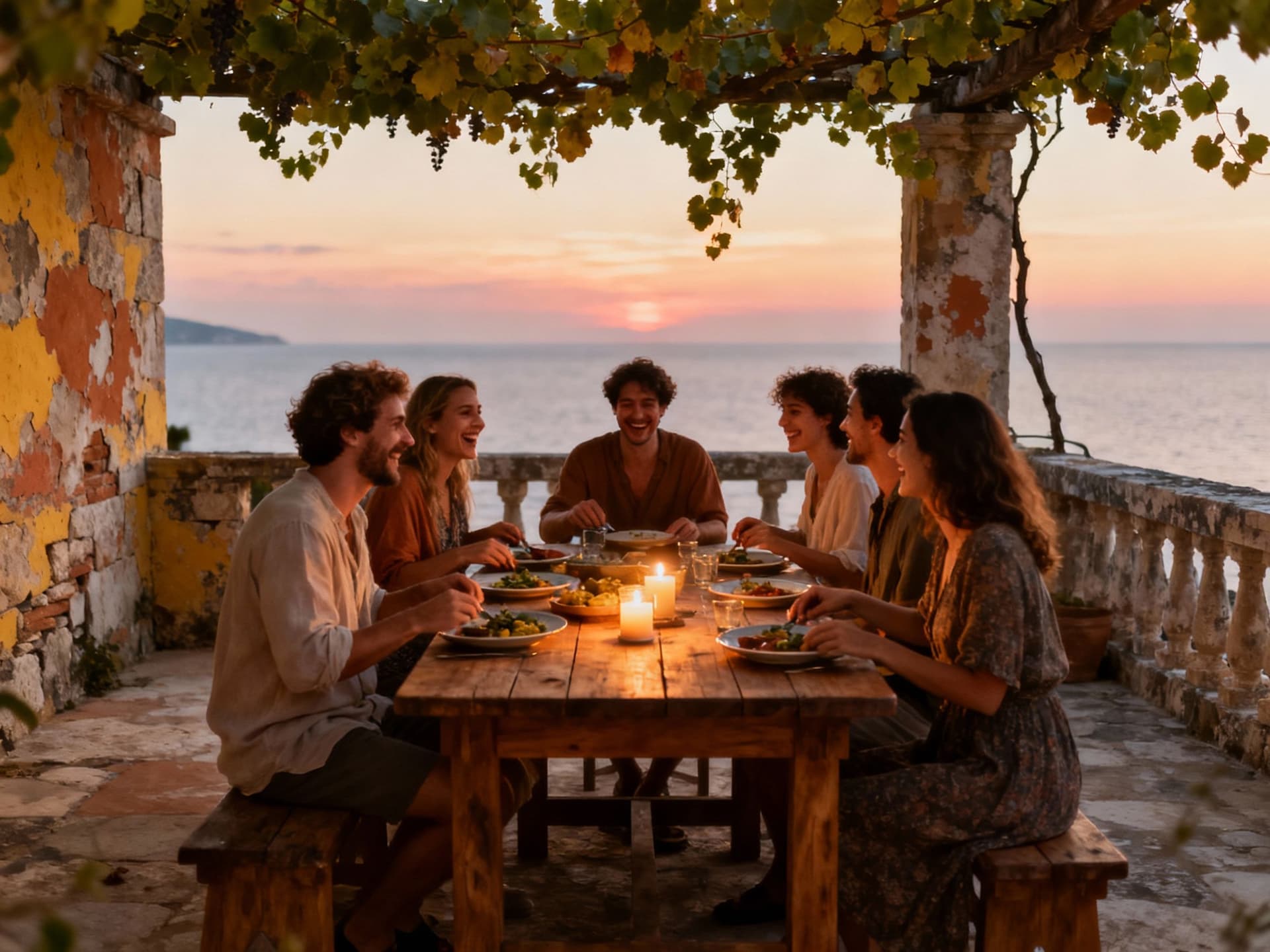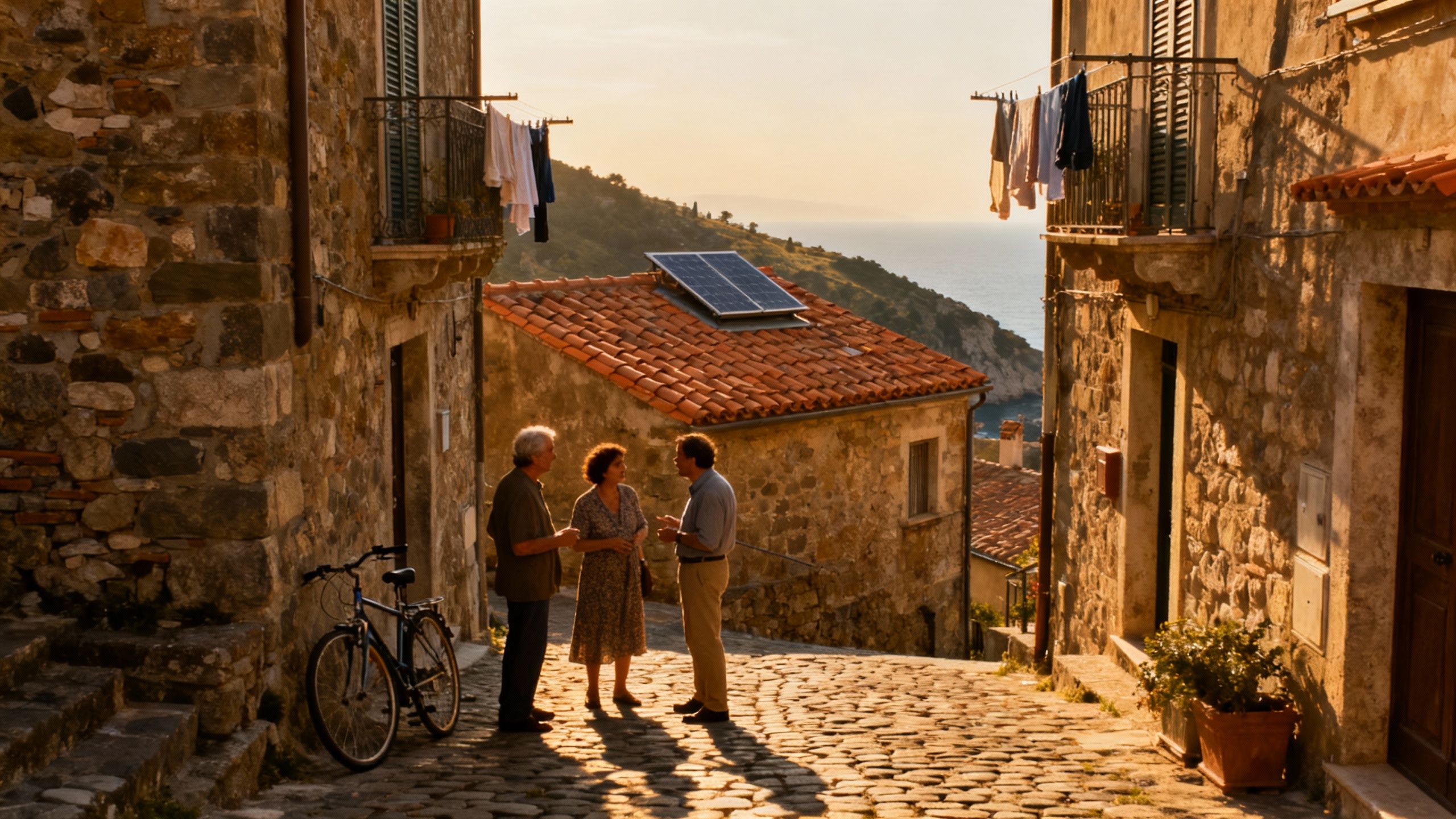Green Mortgages, Seasonality & Cost Truths in Croatia
Croatia’s lifestyle is seasonal and richly textured; rising prices make smart financing essential—seek green loan options, written pre‑approval and EPC‑backed homes to protect comfort and value.
Imagine morning light on a stone terrace in Hvar, the sea a silver ribbon below, and a neighbour bringing fresh figs from a garden whose terracotta roof collects rain for summer herbs. Croatia feels like slow, seasonal life—coastlines that move between quiet blue winters and electric summers, old towns where cafés spill onto cobbled streets in a particular late‑afternoon hush, and inland villages where olive groves and pine forests set the pace. For international buyers who love nature, craftsmanship and sunlight this is irresistible—but the practical side of buying here, from mortgages to eco‑upgrades, matters just as much. Recent national data shows strong price growth across Croatia, making timing and financing choices central to a wise, life‑first purchase. Crooked expectations about cost, seasonality and “must‑have” features can turn a dream into a costly mistake unless you plan with local facts and green options in mind. (Source: Croatian house price indices).
Living Croatia: everyday textures and neighbourhoods

If you want to know what life here actually looks like, start small: espresso at Café U Dvorištu on Zagreb’s Tkalčićeva; a late‑afternoon swim at Split’s Bačvice; grocery runs to Dolac market for sun‑warmed tomatoes and fresh sardines. In Istria, you’ll find weekend rituals built around truffle hunts and family konobas; along the Dalmatian coast, social life orbits marinas, fish restaurants and promenade strolls. Many buyers fall for postcard moments—golden light over fortified towns—but they stay for the rhythms: communal markets, seasonal festivals, and neighbours who still trade olives and stories.
Zagreb’s slow‑city warmth vs. Adriatic pulse
Zagreb’s neighbourhoods—Maksimir for parks, Britanski trg for cafés, and the leafy streets around Vlaška—offer green urban living with year‑round services and strong expat networks. Contrast that with Split’s Diocletian‑era centre and the islands’ summer bustle: living there feels like belonging to a place that opens wider in July and narrows in November. Your choice affects not only daily life but financing: coastal demand pushes prices and can change mortgage conditions and rental income expectations.
Food, markets and the handmade life
From Dolac market in Zagreb to Pula’s fish stands and Korčula’s small bakeries, food shapes neighbourhood life. Look for properties with room for a kitchen garden or a sunny terrace—simple sustainable features that transform daily living and lower running costs. Local artisans still repair stone walls and rebuild fireplaces; these skills make sympathetic eco‑renovation possible and more affordable than you might expect if you know where to look.
- Lifestyle highlights to seek (real places): Dolac market (Zagreb); Bačvice beach (Split); Stari Grad plain (Hvar) for olive groves; Rovinj old harbour (Istria); Marjan hill walks (Split); Mljet’s quiet coves for island solitude.
Making the move: mortgages, green loans and cost myths
Practical truth: Croatia has seen brisk price growth in recent years and official statistics confirm sustained increases—this affects borrowing, taxes and the urgency many sellers feel. The government has moved to change property tax policy to ease rental shortages and curb speculative short‑term lets, which can influence holding costs for buyers who plan to rent. Understanding national tax changes, regional demand (coast vs. inland) and likely running costs is critical before you commit. Sources: national statistics and reporting on fiscal measures.
Who can get a mortgage in Croatia, and what to expect
Foreign buyers commonly obtain loans from Croatian banks but terms vary: many lenders ask for larger down payments from non‑residents, proof of steady income and a Croatian bank account. Interest rates follow the wider monetary environment set by the central bank, and with prices rising (DZS reports double‑digit annual growth in recent quarters) you should factor in both higher purchase costs and possible volatility in rates. Before you sign, get a mortgage pre‑approval that lists currency, term, and whether rates are fixed or variable—this clarity prevents surprises if the market shifts.
Green loans and incentives: a practical checklist
- Look for bank products that reward energy efficiency (lower margins or longer terms), national grants for solar panels or insulation, and EU programs that support green renovation. The European Commission’s sustainable finance initiatives are pushing banks to offer clearer green mortgage labels; ask your lender whether they have a “green” mortgage, what qualifies (EPC rating improvements, renewables), and whether documentation can be combined with renovation grants to lower upfront costs. Even if a named green mortgage isn’t available, evidence of planned efficiency upgrades can strengthen a loan case and future resale value.
- A practical 6‑step checklist to marry lifestyle and finance in Croatia: 1) Map lifestyle priorities (island quiet vs. city services) and align them with market data (coastal prices often outpace inland). 2) Arrange a local bank meeting early—ask about eligibility, down payment expectations for non‑residents, and whether they offer green loan options. 3) Secure pre‑approval in writing with currency and rate terms so offers are reliable. 4) Factor in likely property taxes and any recent policy changes that may affect holding costs. 5) Prioritise homes with good EPC ratings or clear upgrade potential—these cut running costs and improve mortgage options. 6) Build a 10–15% contingency for renovation and permit costs; in Croatia, sympathetic stone‑house restorations often reveal unforeseen structural or heritage requirements.
Insider knowledge: myths, red flags and eco upgrades that pay
Myth: “Coast is always unaffordable.” Reality: while prime waterfront is priced high, charming value exists in working coastal towns (Šibenik area, parts of Istria) and inland Istrian hill towns where lifestyle quality rivals the coast for less cost. Red flag: missing energy certificates, unclear land records or a permit history that doesn’t match the built reality. Green opportunity: a modest investment in insulation, heat pumps or rooftop PV often lowers operating costs enough to justify higher financing margins and can be a bargaining point in negotiations. As national price indices show ongoing growth, buyers who invest in efficiency gain both lifestyle comfort and better resale positioning.
Cultural notes that change choices
Croatians prize long‑term stewardship of land. This translates into permits, heritage rules and sometimes informal expectations—neighbors may expect olive trees preserved, stone walls maintained, and gardens that fit local rhythms. Learning a few phrases, attending a local market day and hiring craftsmen who know traditional repairs will save time and create goodwill during renovations.
- Quick red flags to spot when viewing: no energy certificate (energetski certifikat) or delayed issuance; unclear ownership on the land register (gruntovnica); extensive undocumented extensions; water or septic systems with unknown permits; and properties heavily marketed for short‑term rental without long‑term lease histories.
Where local agencies matter most
A local, sustainability‑minded agency is invaluable: they connect you to craftsmen who do low‑impact repairs, to notaries who understand cross‑border transactions, and to banks that will weigh efficiency plans positively. Use agencies to vet EPCs, confirm permit histories and represent you in negotiations that balance lifestyle upgrades with realistic financing.
Conclusion — live the life, plan the financing, steward the place: Croatia rewards buyers who think in seasons and in systems. Fall asleep to church bells in a stone village, or watch yachts bob under a lavender sky in Rovinj—either way, pairing a lifestyle vision with clear, locally‑sourced financing advice (ask about green loan options and recent tax rules) will turn a dream into a sustainable home. Next step: gather local data, meet two Croatian banks, request written pre‑approval, and ask your agency for EPC and land‑registry checks before making an offer.
Danish relocation specialist who moved from Copenhagen to the Algarve; supports families with seamless transitions, local partnerships, and mindful purchases.


